The United States is home to some of the largest colleges in the world, both in terms of student population and campus size. These universities offer diverse academic programs, cutting-edge research opportunities, and vibrant campus cultures that attract thousands of students every year. From sprawling campuses in Florida to renowned institutions in Texas and beyond, they provide a wide range of educational experiences and extracurricular activities. Their large student bodies and extensive resources make them influential institutions in shaping the future workforce. Here’s a look at some of the largest colleges in the U.S. that stand out for their size and academic excellence.
University of Texas at Austin
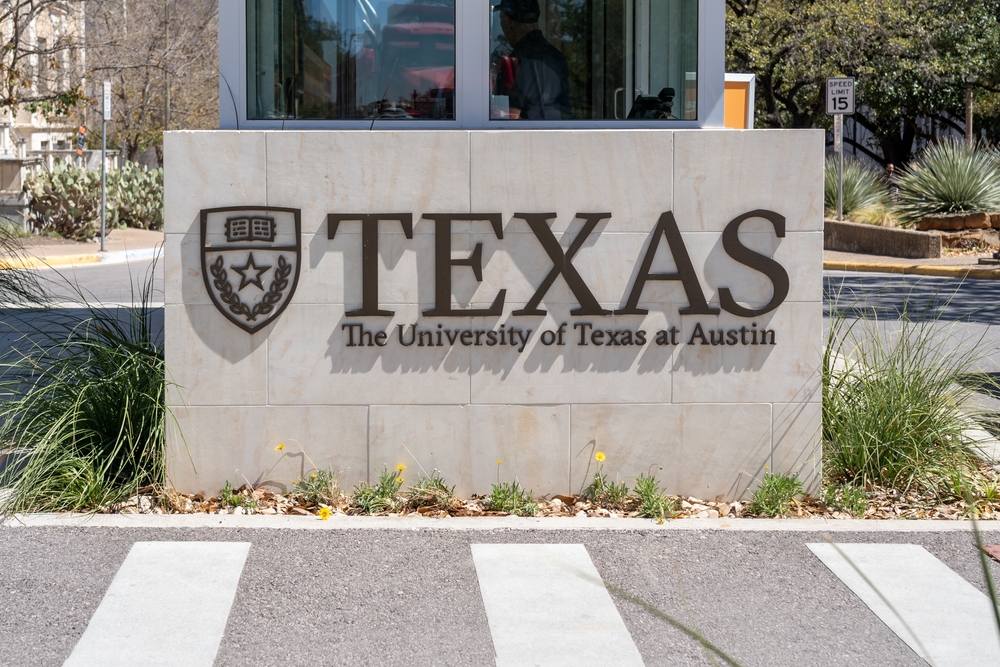
The University of Texas at Austin (UT Austin) is one of the largest and most prestigious universities in the U.S., with a student population of over 51,000. The 431-acre campus is located in the heart of Austin and includes landmarks like the iconic UT Tower. Established in 1883, it offers more than 170 undergraduate and 150 graduate programs across 18 colleges and schools. It has an acceptance rate of about 32%, making it competitive for prospective students. Known for its research, it is a member of the prestigious Association of American Universities (AAU). The Texas Longhorns, the university’s sports teams, are a major draw for students and alumni alike. It also boasts a vibrant arts scene, with its own art museums and a thriving live music culture in the surrounding city.
Arizona State University
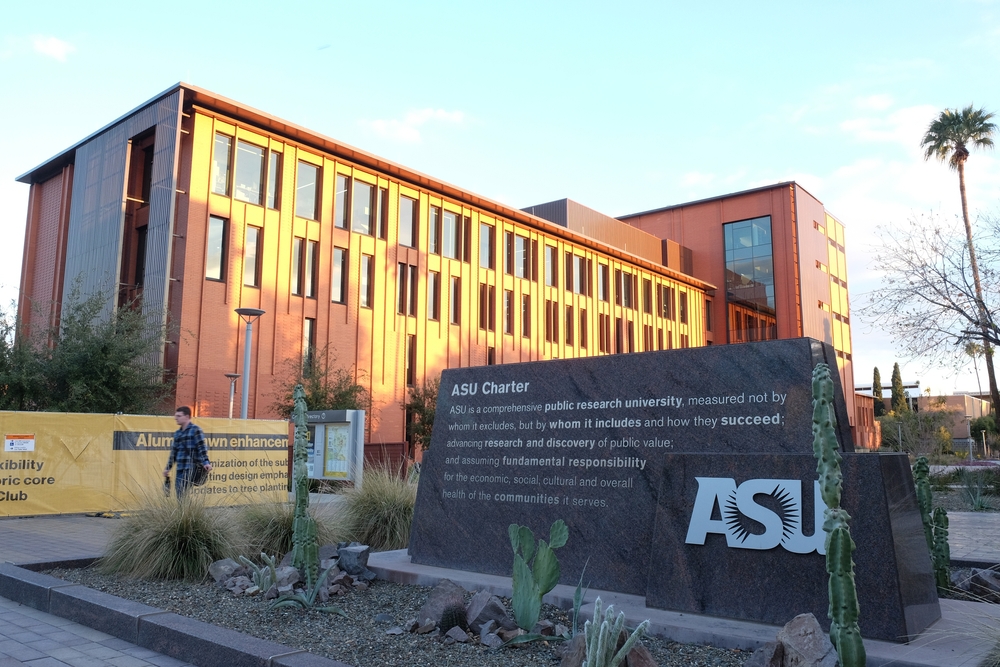
Arizona State University (ASU) in Tempe is renowned for its innovative approach to education and holds the title of one of the largest public universities in the U.S. by enrollment, with over 74,000 students spread across multiple campuses. The Tempe campus alone spans nearly 700 acres and is home to a wide range of academic and research facilities. ASU offers more than 350 undergraduate majors and 400 graduate programs. The university has been recognized for its forward-thinking curriculum and focus on sustainability, earning it a reputation as a leading global research institution. With a 70% acceptance rate, ASU attracts a highly diverse student body. The school is also known for its athletics, with its Sun Devils competing in the Pac-12 Conference. Its “Innovation Quarter” is one of the many initiatives that promote student entrepreneurship and technological advancements.
University of Central Florida (UCF)
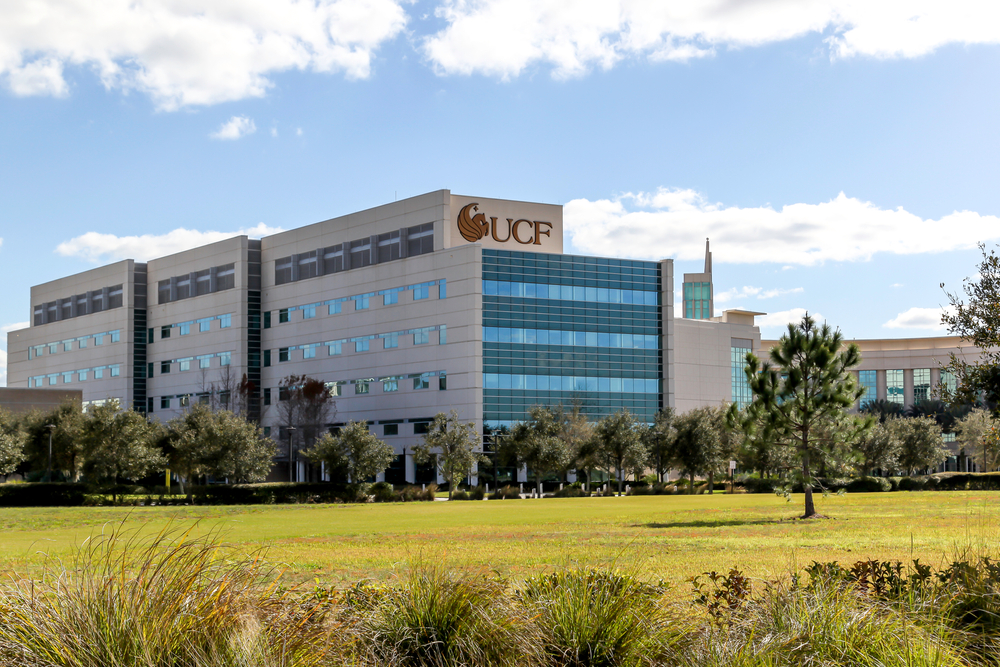
The University of Central Florida (UCF), located in Orlando, is the largest university in the United States by enrollment. With over 68,000 students, UCF’s sprawling 1,415-acre campus offers more than 230 degree programs across its 13 colleges. The campus features state-of-the-art facilities, including the UCF Arena, the largest venue in East Orlando, and the John C. Hitt Library, which spans 226,000 square feet. Established in 1963, the university continues to attract students for its innovative research programs and strong focus on entrepreneurship. Its student population is diverse, with 26% of students identifying as Hispanic. The university boasts a 44% acceptance rate and a vibrant sports culture, particularly known for its football team, the Knights. It is consistently ranked as one of the best values in higher education due to its affordability and wide range of financial aid options. It continues to expand its online offerings, drawing students from around the world.
Ohio State University

Ohio State University, located in Columbus, boasts an enrollment of over 61,000 students, making it a top contender among the largest U.S. universities. Founded in 1870, it occupies a 1,764-acre campus and offers more than 200 majors across various disciplines. The university is well-known for its medical center and its research facilities, with research expenditures topping $1 billion annually. Its student population is highly diverse, and the school accepts 54% of applicants. It is also famous for its athletics, particularly its football team, the Buckeyes, which plays at Ohio Stadium, commonly referred to as “The Horseshoe.” The school offers over 1,000 student organizations, ensuring a thriving campus life. Additionally, its alumni network spans over 500,000 individuals worldwide.
University of Florida
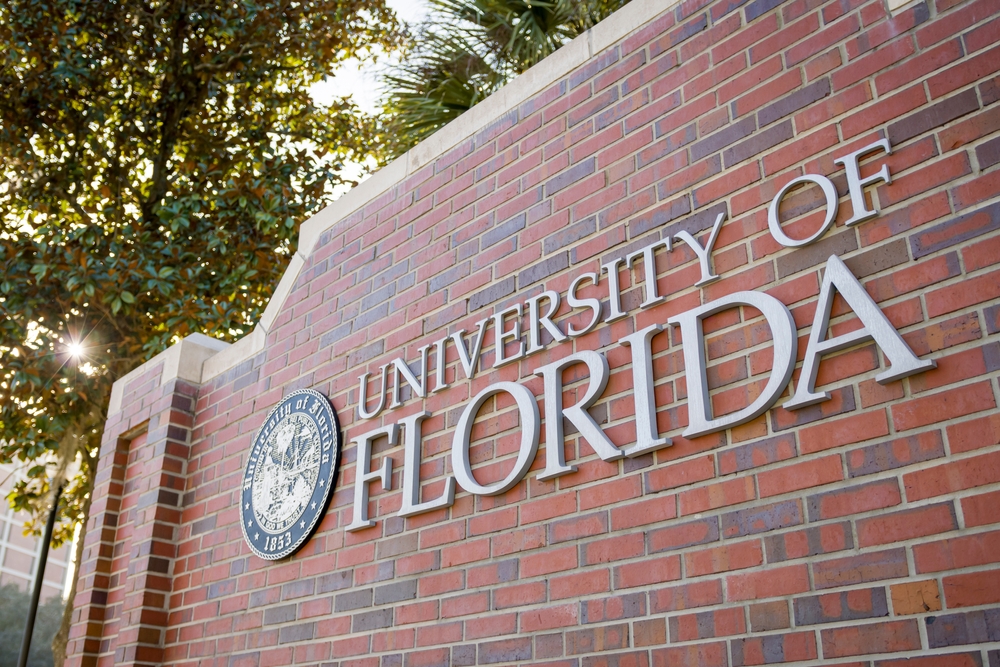
The University of Florida (UF), located in Gainesville, is one of the largest public universities in the United States, with a total enrollment of over 60,000 students. The main campus covers 2,000 acres and includes more than 900 buildings, including 170 dedicated to classrooms and laboratories. Founded in 1853, UF is known for its strong research programs, particularly in medicine, engineering, and agriculture. It offers more than 300 degree programs and has a student-to-faculty ratio of 17:1. The university’s acceptance rate is around 30%, making it fairly selective. It is also home to the Florida Gators, whose sports teams have won over 40 national championships. The campus is rich with student traditions, such as Gator Growl, the largest student-run pep rally in the world. It continues to expand its research footprint globally.
University of Minnesota
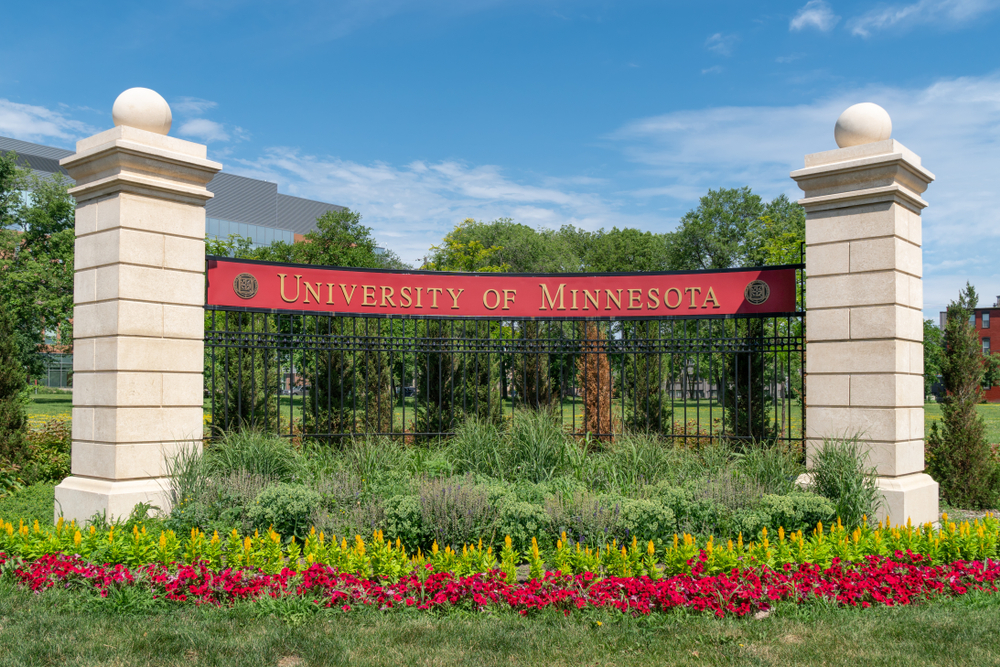
The University of Minnesota’s Twin Cities campus, located in Minneapolis and Saint Paul, serves over 50,000 students, making it one of the largest in the U.S. The campus spans 2,730 acres, with a blend of historic and modern buildings. Founded in 1851, it offers over 150 undergraduate majors and is highly regarded for its programs in medicine, engineering, and agriculture. It has an acceptance rate of around 70%, welcoming students from all 50 states and over 130 countries. Its TCF Bank Stadium, where the Golden Gophers play, can seat over 50,000 spectators. Its location in the Twin Cities offers students access to a bustling metropolitan area with plenty of opportunities for internships and jobs. Its research arm is recognized globally, particularly for medical innovations.
Texas A&M University

Texas A&M University, located in College Station, Texas, is home to over 73,000 students, making it one of the largest public universities in the country. Spread across a vast 5,200-acre campus, it offers 133 undergraduate degree programs, with renowned schools in engineering, business, and agriculture. The university, founded in 1876, has a rich military history and is one of only six senior military colleges in the U.S. It also houses a major research institution, with annual research expenditures exceeding $1 billion. With an acceptance rate of 63%, the university provides a range of extracurricular activities, including more than 1,000 student organizations and the world-famous “12th Man” tradition in sports. Its iconic Kyle Field, seating over 102,000, is the fourth-largest stadium in the United States. It is also a member of the prestigious Association of American Universities (AAU).
Michigan State University
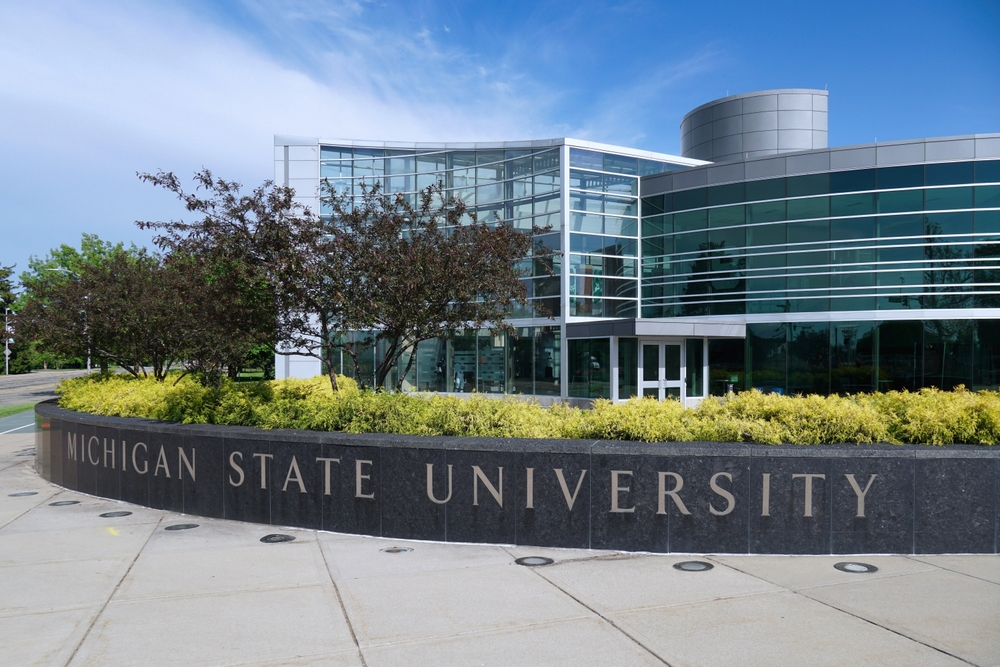
Michigan State University (MSU), located in East Lansing, has a student population of over 50,000, spread across its 5,300-acre campus. Founded in 1855 as the nation’s first land-grant institution, MSU has a strong focus on research, particularly in agriculture, engineering, and education. The university offers over 200 undergraduate, graduate, and professional programs. It has an acceptance rate of about 76%, providing access to a wide range of students from across the U.S. and over 130 countries. Its sports teams, the Spartans, are a significant part of campus life, and the campus includes Spartan Stadium, with a seating capacity of over 75,000. It also has a reputation for sustainability, featuring eco-friendly initiatives across its facilities. Additionally, its extensive study abroad program offers opportunities in more than 60 countries.
Liberty University
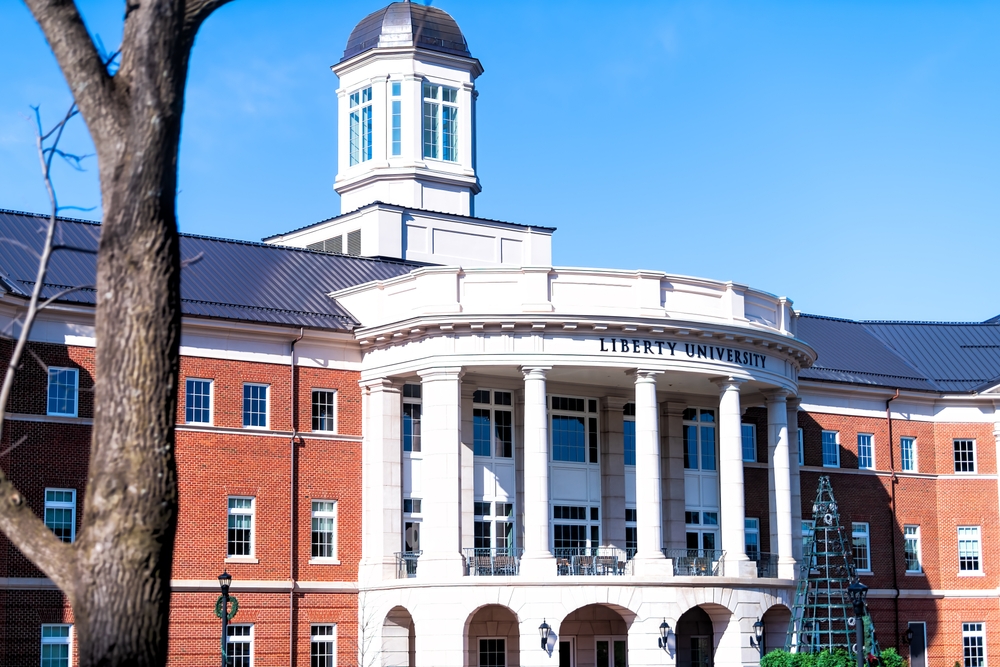
Liberty University, located in Lynchburg, Virginia, is one of the largest private non-profit universities in the U.S., with a student population exceeding 93,000, most of whom are enrolled in online programs. Founded in 1971, it has grown rapidly and now occupies a 7,000-acre campus. The university offers more than 600 programs of study, ranging from aeronautics to divinity. Liberty has a 50% acceptance rate, welcoming students from all 50 states and more than 80 countries. The institution is known for its strong Christian values and offers a unique spiritual life program that integrates faith with education. Its athletic programs, particularly in football and basketball, have also gained prominence. It is also one of the most affordable private universities, with various scholarship programs for students.
Berry College
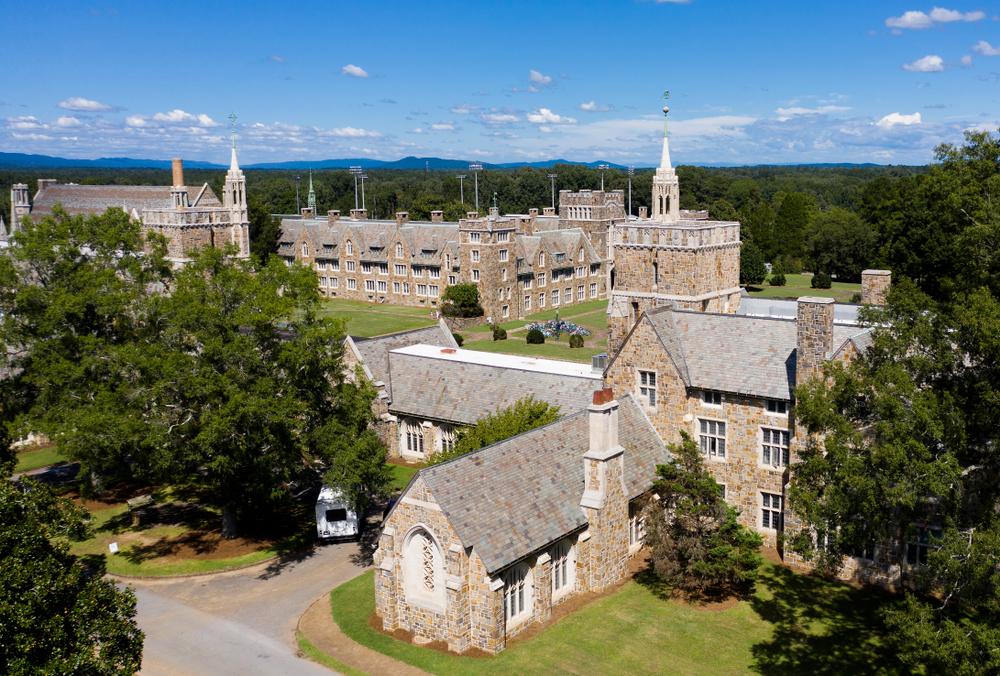
Berry College, located in Mount Berry, Georgia, holds the distinction of having the largest contiguous college campus in the world, spanning over 27,000 acres. The college, founded in 1902, is home to approximately 2,100 students, making it one of the smaller institutions in terms of student population, but it offers a unique learning environment with vast natural resources. The campus includes forests, streams, and fields, allowing for hands-on research and outdoor learning experiences, particularly in environmental science and animal husbandry. Its acceptance rate is around 66%, and it offers more than 40 undergraduate degree programs, with a focus on liberal arts education. Its sprawling campus is also home to historic buildings, wildlife, and miles of hiking and biking trails. Students benefit from a student-to-faculty ratio of 11:1, ensuring personalized attention. Its commitment to service and work-study programs fosters a strong sense of community and practical experience for its students.
This article originally appeared on Rarest.org.
More from Rarest.org
12 Rare Mammals That Live in the World’s Tallest Mountains
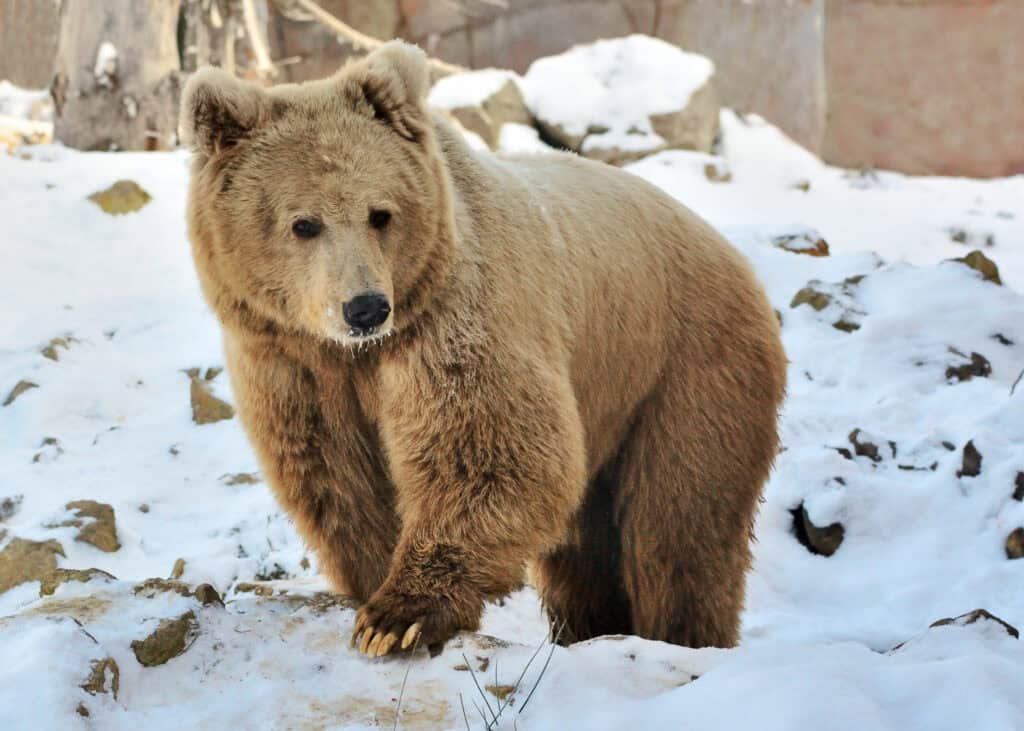
High-altitude regions around the world are home to some of the most unique and uncommon mammals on the planet. They have adapted to survive in the harsh, cold, and rugged environments of the world’s tallest mountains. Read More.
11 Mysterious Cave-Dwelling Creatures You Never Knew Existed

Beneath the earth’s surface lies a hidden world of caves, home to creatures that have evolved in complete darkness. These mysterious animals have adapted in remarkable ways, losing their vision, developing heightened senses, and finding ingenious methods to survive in harsh, nutrient-poor environments. Read More.
10 Oldest Hockey Players in the World Ever

Hockey is known for its speed and intensity, but some players have defied age to stay on the ice well into their 40s and 50s. These athletes not only prolonged their careers but did so at an elite level. Every extra season added to their legendary status. Read More.
